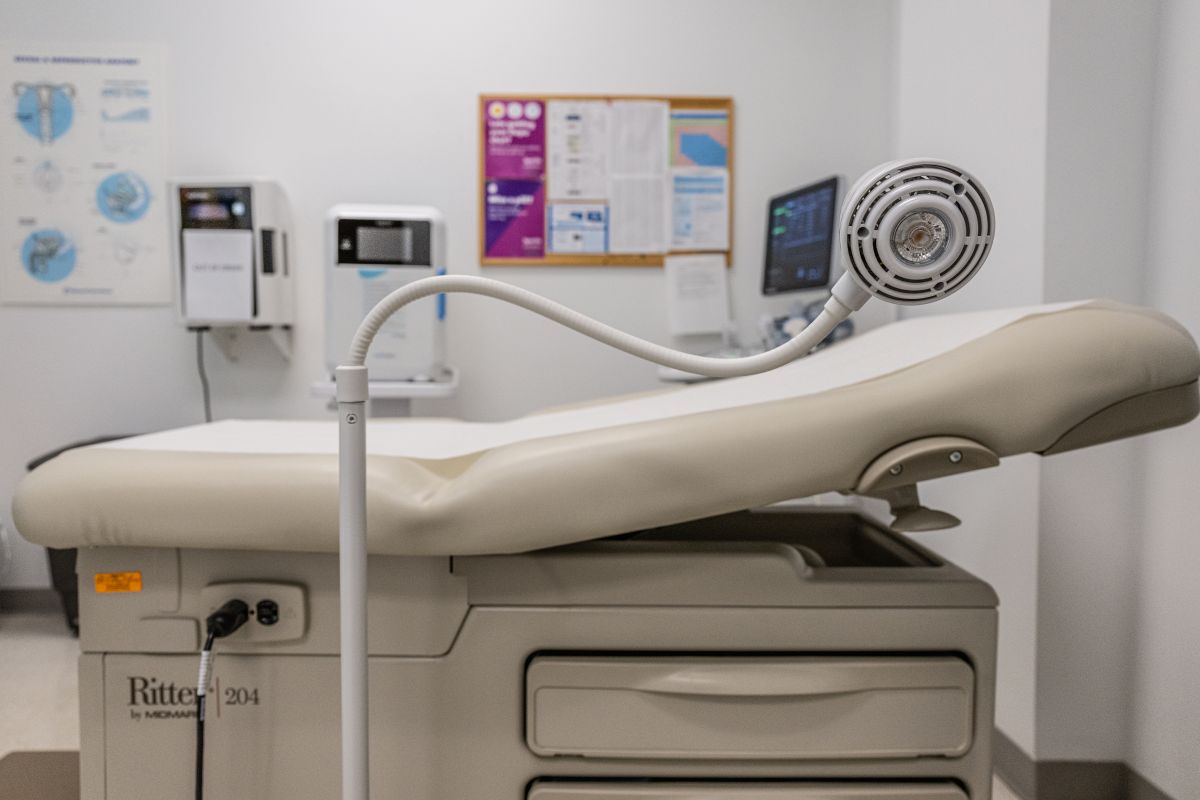After post an image of the city of Rio de Janeiro view from above at night, the Nasathe United States aerospace agency, released this Monday, 18, a photographic record of Sao Paulo with characteristics similar to what was done in the state capital.
The aerial portrait, captured 420 kilometers away by the International Space Station (ISS) on July 4th, shows the capital of São Paulo dominated by whitish LED lights (especially in the central part of the photo), evidencing a contrast with guarulhosin the upper right corner of the image, a municipality where a more yellowish lighting still prevails.
The photo ended up on NASA’s social media, which posted it with the following caption: “The ISS (International Space Station) took this photo of São Paulo while orbiting 261 miles (420 km) on July 4, 2022. São Paulo is the most populous city in Brazil. In this photo, its bright street lights set it apart from a smaller town nearby, Guarulhos.”
The record was published the day after the aerospace agency released a photo, taken by the same station, of Rio, Guanabara Bay and the municipality of Niterói.
The portrait of the capital of Rio de Janeiro shows the dimension of the advances of the Luz Maravilha program, a project of the Rio de Janeiro city hall, carried out with the help of the private sector, which promotes the replacement of 150 watt sodium vapor lamps (yellowish) for LED type, which are clearer and last longer.
This type of lighting, according to experts, is more economical, generates less costs for the Executive’s public coffers, and provides greater security to people.
In São Paulo, until September last year, LED lights were responsible for 88.5% of the public lighting park in the capital of São Paulo, as reported by the Estadão in season.
Data from the Municipal Department of Urban Planning and Licensing (SMUL), obtained through the Management Coordination of the Municipal Public Lighting Network (Ilume), showed a reduction of at least 52% in energy consumption in the municipality.
The system began to be adopted on a large scale in São Paulo on the streets of the heliopolissouth zone, in a 2015 project that was considered a success by the residents of the region.
–


